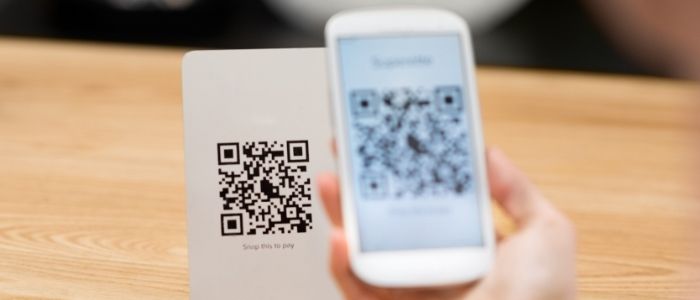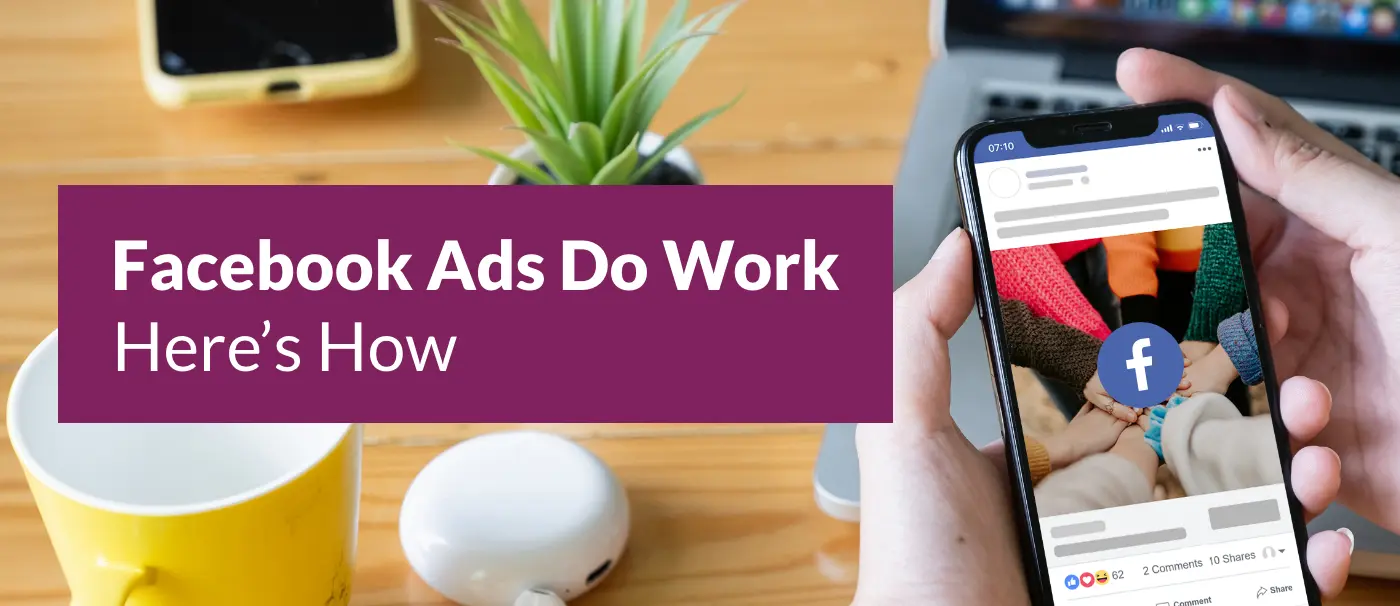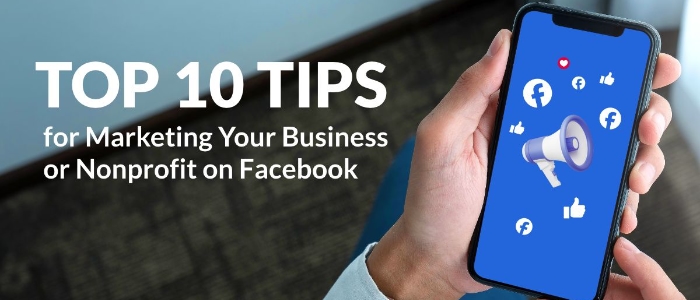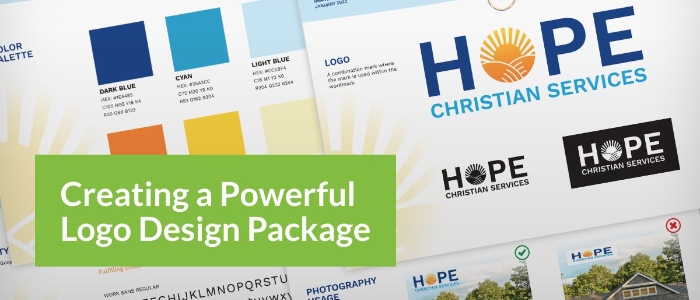
2022 Trends in Nonprofit Fundraising & Communication
Despite the tumult of the past couple of years, nonprofits have continued to benefit from people’s charitable intentions. In 2020, Americans donated $471.44 billion, an increase of 5.1% over 2019. The numbers were even higher in 2021.
While traditional nonprofit fundraising methods are still effective, the past couple of years also saw nonprofits react more strongly to our increasingly digital world. Omnichannel nonprofit marketing and fundraising continues to grow in importance. Nonprofit organizations need to have a presence both online and off. They need to have relationships with their donors online and off. And they need to provide their donors ways to interact with them, donate to them and volunteer for them, online and off.
As a leading nonprofit marketing agency, it’s our job to stay on top of the latest trends in nonprofit marketing, nonprofit communications, and fundraising strategies. We scoured the web for the most significant trends nonprofits need to know about.
We found that today’s charitable givers want choice above all else, from how they make a donation to how and where they interact with the nonprofits they support. They also want it easy, whether through a mobile click-to-donate option or being able to attend a hybrid event that doesn’t require them to leave the house.
Here are the top 11 nonprofit trends in marketing, communication, and fundraising ideas.
1. Flexible Giving Options
A top trend in nonprofit fundraising that’s been steadily gaining traction is giving potential donors flexible giving options. The days of donors sending in checks, while not entirely gone, are fading. In 2021, online giving grew by 12.1% over the previous year. Today’s donors want to contribute money via Apple Pay, Google Pay, Venmo, Facebook, etc. Some even want to be able to donate using cryptocurrency.
They want to be able to make a spur of the moment donation via their phone, a smartwatch or even using a QR code on a poster they spot while out and about.
The more methods you make available to potential supporters, the greater your support will be.
2. Peer-to-Peer Giving
If you’ve spent any time on Facebook over the past year or so, you’ve seen examples of peer-to-peer giving. It’s that post from your cousin raising money for homeless puppies for her birthday. Or your friend from high school raising money for wounded vets in honor of Veteran’s Day. All donors have to do is click on the link in Facebook. In some cases, donors don’t even need to leave Facebook to complete their donations.
Similar to the above, peer-to-peer giving provides your supporters with another way to assist you, by empowering them to raise money on your behalf. In the process, you also increase awareness of your nonprofit and expand your donor base for future fundraising campaigns.
How much are we talking about here? In 2020, the top 30 U.S. peer-to-peer programs raised $900.1 million.
3. Create a Movement
Going viral remains a challenge, but finding ways to create a movement around a cause is a growing trend within nonprofit fundraising. Animal charities, for example, benefited from the more than $12.7 million raised on Facebook (mostly via peer-to-peer fundraising) in honor of Betty White’s dedication to animal causes after her death in early 2022.
Other movements that have successfully raised money include the Ice Bucket Challenge, which raised more than $115 million and raised awareness of ALS, and the #NoMakeUpSelfie, which brought in more than £8 million for women’s cancer research.
Every year, Movember brings awareness to men’s health issues and raises money.
When exploring Fundraising ideas, nonprofits should look for opportunities to create a movement, whether it’s urging people to donate in honor of a celebrity icon or creating a hashtag that invites everyone to participate.
4. Personalized Journey
Most donors want to engage with their charities of interest in their own way. That means paying how they want to (see #1 above), but it can also mean receiving information in various ways. Some people may want to get a monthly email with updates. Others might want to read updates via social media, and even others want to get text messages.
Using subscription forms, surveys and more, nonprofits can determine how past and potential supporters want to engage.
Nonprofits should also try to gauge what type of information people want. Do they want to see their donations in action? A check-box on a donation form that says, “Yes, show me my donation at work” can tell you they’re open to receiving a monthly round-up of what your nonprofit has accomplished.
Perhaps they have ideas you could benefit from. Invite them to engage with you via suggestion boxes or on social media.
The more engaged with your nonprofit potential donors feel, the more personal their connection, and the more likely they are to continue to donate year after year. It’s a nonprofit trend that’s been on the rise for some time and isn’t going anywhere.

5. Video Marketing
Video has been the wave of the future for some time now, but not all nonprofits are taking advantage of the powerful medium. For instance, in 2018 there were 192 million viewers on YouTube, but only 28% of nonprofits had a presence on the site. By the end of 2022, it’s estimated there will be 210 million viewers on YouTube. That’s a lot of people ready to consume your organization’s video marketing.
Think those viewers aren’t interested in nonprofit content? In 2016, YouTube users watched 6 billion nonprofit videos. And, in 2018, 57% of people who watched a nonprofit video went on to make a donation.
YouTube isn’t the only spot online to put videos. Blending videos into your website and social media channels is just as powerful. Make videos a part of your nonprofit’s marketing strategy to show the impact your organization is having and to tell the stories of the people and places you’ve helped.
6. Technology Drives Hybrid Fundraising
Technology is changing how people live their lives. It enabled people to keep going during the COVID-19 pandemic, and it’s helping nonprofits find new ways to reach people. Whether it’s through more ways to donate money (see Trend #1) or new ways to volunteer (see Trend #7), technology is driving many of 2022’s nonprofit strategies for marketing and fundraising ideas.
One of the most noticeable nonprofit trends has been the growth of virtual and hybrid fundraising events. This includes live streaming conferences or educational seminars on Zoom, YouTube, Facebook, and Vimeo, along with web-based auctions and streamed fundraising performances.
During any of these events, leaders can use text communications to chat, poll and update attendees. They can even push through requests for instantaneous donations before, during, and after the event.
Hybrid fundraising is particularly appealing to Gen Z, who spend about 8+ hours a day online.
7. Go Bigger, Go Bolder
Every year, it gets harder to break through and catch people’s attention. Attention spans are shorter. There’s more “stuff” competing for people’s valuable time. To break through, nonprofits need to go bigger and bolder, and that includes direct mail.
According to direct mail vendor Lob, 2022 will be the year of the 6”x9” postcard. That’s because, starting this year, the USPS now accepts 6”x9” postcards as part of its First Class Postcard service. Meaning you get more space to share your message at the same price that used to be only for smaller postcards.
Don’t just depend on the size of the postcard to catch the recipient’s attention. With the price of color printing going down annually, there’s no longer any reason not to go all-in with color.
If your direct mailer will be arriving in an envelope, apply the same “go bold” philosophy. Plain white envelopes are less likely to be opened. FundraisingIP.com suggests including a “trivia” question on the envelope, with the answer inside. Something like “What beats 60 times per minute? (The heart of a child that received a heart transplant in India last year because of gifts like yours.”)
8. Triggered Direct Mail
Speaking of direct mail, a slowly growing trend is the rise of triggered direct mail, often replacing full direct mail campaigns. Fueled by precise back-end technology, it’s essentially an offline version of triggered email campaigns. In other words, when a known user visits your website and completes a specific action, the backend system automatically triggers a direct mail piece to be sent.
For example, say someone watches a video detailing the personal experience of someone your organization helped. The triggered mail piece might be a donation request that references helping more people like the person in that video. Or it could be an update on that person, with a request for a donation.

9. Merging Print & Digital
Another technology-driven trend in nonprofit marketing and fundraising is the merging of traditional print materials (direct mail, flyers, annual reports, etc) with digital (signups, video, payment, etc.) through the use of QR codes.
By placing QR codes on print materials, you can send interested supporters directly to more information without waiting for them to be on a computer. It’s also more convenient for many who want to make a donation. Not everyone has checks anymore or keeps stamps on hand!
People simply scan the code and get sent directly to a mailing list signup form or a raffle ticket purchase. You can send people to a personalized donations page or to a YouTube video. Selling tickets to a fundraising concert? Have the QR code send them straight to a ticket purchase site.
10. Virtual Voluntarism
The COVID-19 pandemic had a negative impact on traditional volunteering in 2020 and 2021. But just as many workers discovered they could do their jobs from home, volunteers found ways to take their passion online too. ESL teachers, for example, took their classes online.
Virtual voluntarism also opens up opportunities to people who previously couldn’t help out. Tech-savvy teens can help tutor other kids without needing a parent to drive them anywhere. Homebound individuals can help with administrative work or do at-home phone banking. The options are endless.
Even for volunteer opportunities that can’t be done online, starting the registration process online and/or managing volunteer activities and time online can streamline things and make it less time-consuming for whoever runs the volunteer operations of your nonprofit.
11. Corporate Partnerships
Roughly $5 billion is raised through corporate workforce giving each year. Yet, only about 49% of nonprofits factor workplace giving into their growth strategy.
Between corporate matching donations, employee volunteer grant programs, automatic payroll-deducted donations, and company-wide volunteer days, the ways that nonprofits can benefit from corporate partnerships continues to grow.
It’s also something more and more employees want from their employers. In 2020, 37% of professionals took advantage of some form of workplace giving program. That percentage is even higher for young professionals (aged 18 to 34). Fifty-eight percent of them gave through a workplace program in 2020.
Nonprofits can expand their reach and increase donations and volunteer hours by establishing relationships with local companies. Additionally, providing potential supporters easy-to-use matching donation forms or payroll deduction help make it more likely employees will support your cause – and spread the word.
Is your nonprofit ready to embrace some of the trends above? At Rapunzel Creative Marketing, we can help with all your nonprofit marketing and communications needs. And we’re always ready to dig in for a good old fundraising ideas brainstorming session.
About Rapunzel Creative
Rapunzel Creative is an award-winning branding, digital marketing, and advertising agency located in Bergen County, New Jersey, within the New York metro market. Services include business branding, website design, digital marketing (such as social media, SEO, and email marketing) and advertising campaigns. The agency also specializes in nonprofit marketing and branding. Rapunzel Creative is certified by the State of New Jersey as a (WBE) Women Business Enterprise, is a WBENC certified organization, and is a certified SBA and WOSB and approved contractor with the Port Authority of New York and New Jersey.







Stay Connected